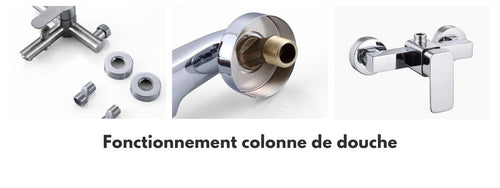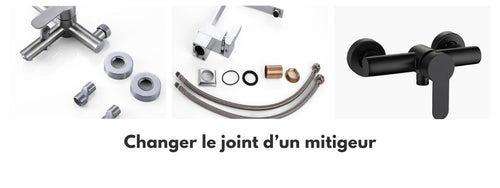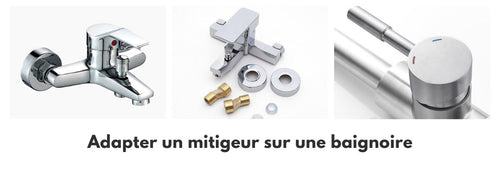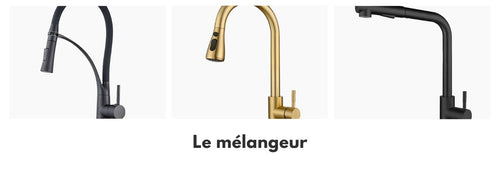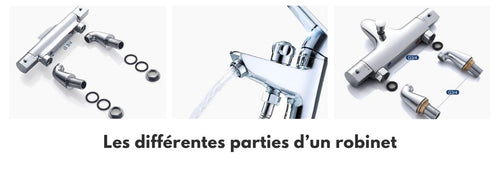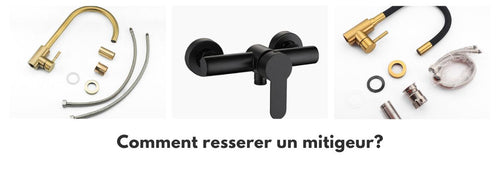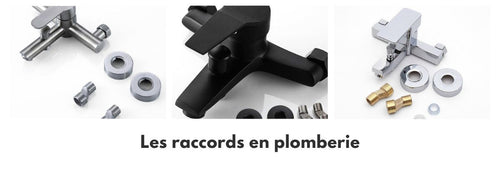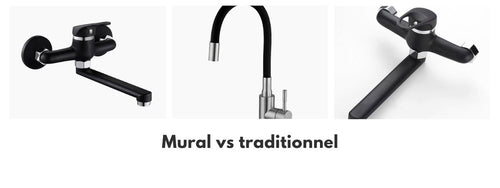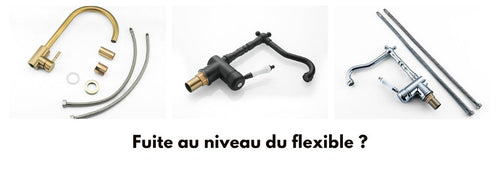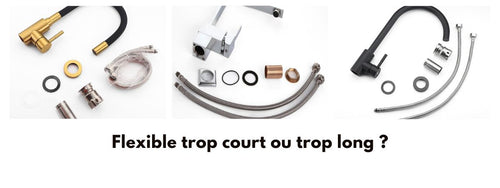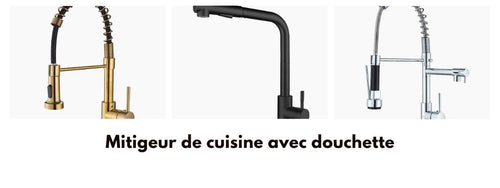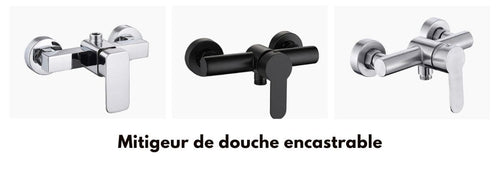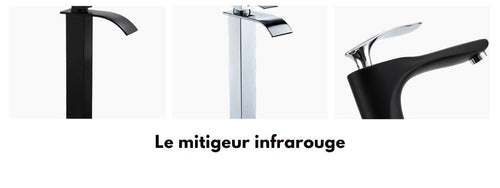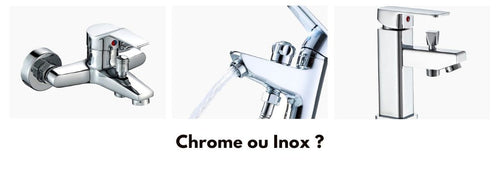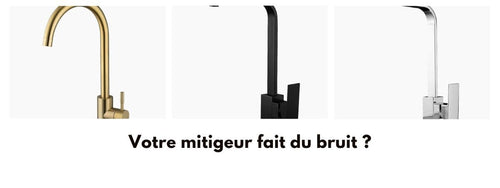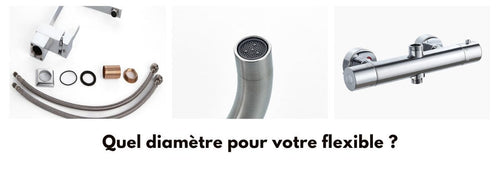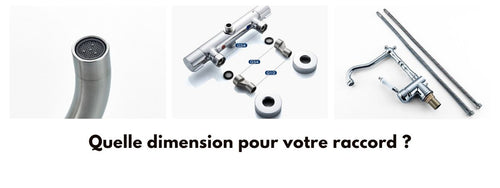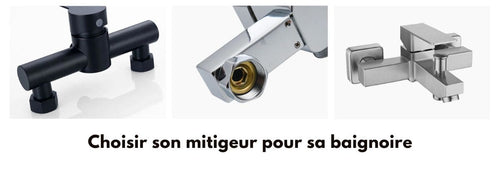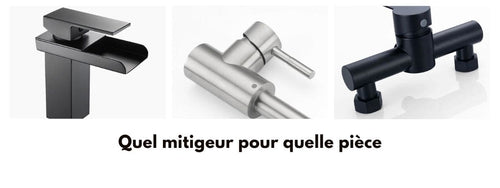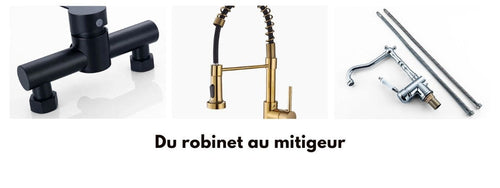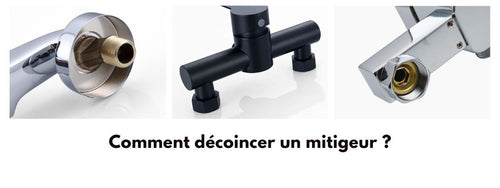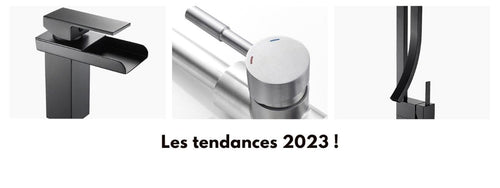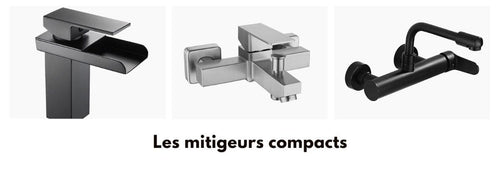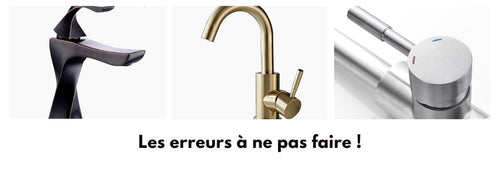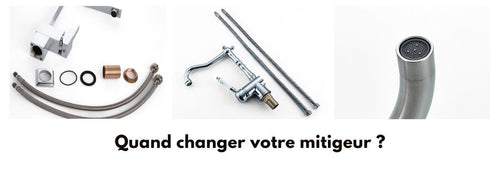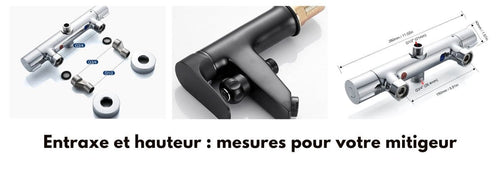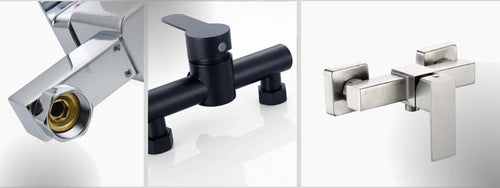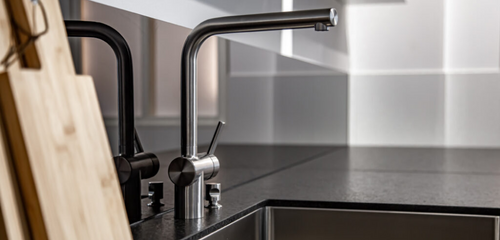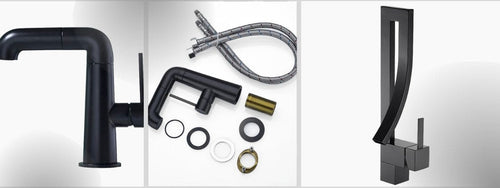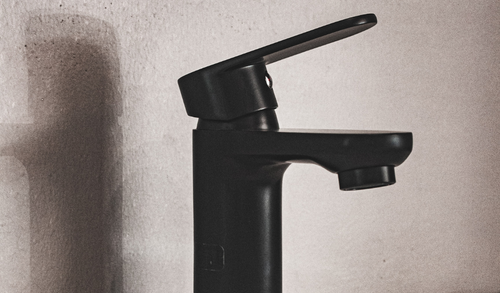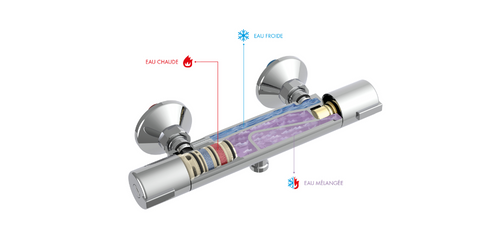You have probably already experienced this problem: you open the mixer tap and wait for the hot water to arrive... but it takes an interminable time. In addition to causing some frustration, this situation can lead to unnecessary water consumption. Let's look at the reasons that cause this inconvenience and the possible solutions to reduce the waiting time.
Distance between the water heater and the point of use
Even if your hot water production system is working correctly, it is possible that the distance between the water heater and the mixer tap influences the speed of arrival of hot water. The greater the distance, the longer the waiting time will be before the hot water reaches its point of use. The water supply pipes for the points of use are often connected in series, which can amplify the travel time of hot water.
How to remedy this problem?
- Shorten the distance: One solution is to install the water heater near the places where hot water is frequently used, such as the bathroom and the kitchen. This configuration is ideal when building a new home. For existing homes, adding an additional water heater near the affected water points can address this problem.
- Optimize the hydraulic circuit: Another option is to optimize the configuration of the water supply pipes for the points of use, for example, by using a star circuit rather than a series circuit. However, this modification can be complex to implement in an existing home.
Water heater heating time
The time it takes the water heater to produce hot water is also a factor that influences the speed of its arrival at the mixer tap. The slower this process, the longer you will have to wait to get hot water.
What solutions are available to you?
- Increase the power of the water heater: One way to speed up the heating time is to choose a water heater with a higher power resistance. However, this increase in power can have an impact on your energy consumption.
- Adjust the temperature: You can try adjusting the temperature of the water heater to a lower level to reduce its heating time. However, care must be taken not to create conditions conducive to the development of bacteria in your installation (recommended minimum temperature: 60°C).
Presence of limescale deposits
The presence of limescale deposits in your installations can also disrupt the proper functioning of your water heater and slow down the arrival of hot water at the mixer tap. By accumulating in the pipes, limescale reduces their diameter, which limits the circulation of water.
Maintenance and prevention
- Regular descaling: To avoid the inconvenience of limescale deposits, it is recommended to periodically descale the equipment concerned (taps, water heater, etc.).
- Installation of a water softener: Using a water softener can also help reduce limescale in your installations by partially demineralizing the network water. This extends the lifespan of your equipment and improves its performance.
Heat losses in the pipes
Pipes that transport hot water can be subject to heat losses, especially when they pass through unheated or exposed to cold areas. This thermal loss reduces the temperature of the water arriving at the mixer tap, thus forcing the water heater to produce more hot water to compensate for this loss.
Insulate the pipes to limit heat loss
In order to minimize these heat losses, it is advisable to insulate the hot water pipes with suitable insulating materials. This action reduces thermal loss and therefore maintains a high temperature in the pipes that supply the mixer tap.
In summary, several causes can explain why hot water does not arrive quickly at the mixer tap. The distance between the water heater and the point of use, the heating time, limescale deposits, and heat losses in the pipes are some of them.
To improve the situation, adopt appropriate solutions such as optimizing the hydraulic circuit, regularly maintaining your installations, or insulating the hot water pipes.


